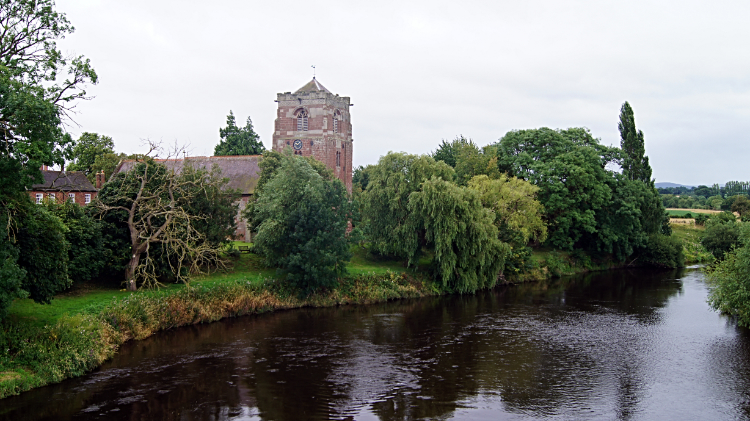26 October

Saint Eata was a native of Northumbria and was probably born in the reign of King Oswald. He was one of the original twelve pupils of St Aidan at Lindisfarne.
Around the year 640 Saint Aidan founded a monastery on land beskde the River Tweed, which today is known as Old Melrose. In 651 Eata was made the first Abbot of Melrose and it was here that he admitted Cuthbert into the community. Around 658 he founded a new monastery at Ripon in Yorkshire taking Cuthbert with him. Celtic monastic and liturgical practices were followed until, because he was unable to accept the Roman practices promoted by Wilfred, Eata and his monks were expelled from Ripon and returned to Melrose. Some time later Eata was moved from Melrose to become the Abbot of Lindisfarne. When Theodore became Archbishop in 669 he divided the vast diocese of Northumbria in 678 and consecrated Eata as Bishop of Bernicia, its northern half. Three years later this too was divided into the dioceses of Hexham and Lindisfarne and Eata then became Bishop of Lindisfarne. In 685, by mutual agreement, Cuthbert became Bishop of Lindisfarne and Eata returned to Hexham.[1] In less than a year Eata died and was buried at Hexham where a chapel was later built over his grave.[2] His relics were translated inside the church in the eleventh century.
Atcham, between the Roman city of Wroxeter (Viroconium) and Shrewsbury is the only church dedicated to Saint Eata and, because of the considerable distance from the location of his ministry, much doubt has been cast on its authenticity. In recent times evidence has emerged to suggest that Atcham (the Home of the Children of Eata) is exactly what the name suggests.
[1] Stephanus, Vita Wilfred
[2] F. M. Powick, Handbook of British Chronology, 1961